Samuel Klempner, MD

Director of Precision Medicine
The Angeles Clinic and Research Institute
Cedars-Sinai Medical Center
Los Angeles, CA

Director of Precision Medicine
The Angeles Clinic and Research Institute
Cedars-Sinai Medical Center
Los Angeles, CA
Related Videos
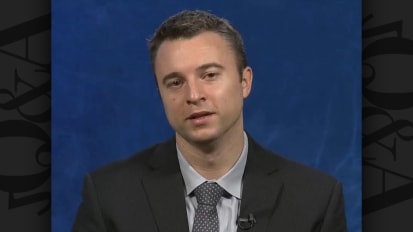 Video
Video
How would you integrate all the currently available tests — NGS-based mutational profiles and burden and IHC biomarkers — to stratify patients into cohorts likely to be responsive to PD-1 checkpoint inhibitors?
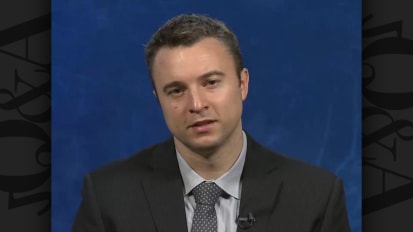 Video
Video
Based on the evidence available, how should we be integrating and incorporating ctDNA profiling with tissue-based whole exome NGS, including longitudinal biopsies? In what settings, patients, and situations are these two tests potentially ...
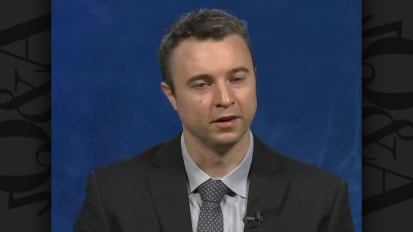 Video
Video
What is your current guidance about whether and/or how and when to integrate tests for circulating tumor DNA (ctDNA) into protocols for precision cancer medicine? And how does this test compare to tissue-based NGS? Which patients will benefit most?
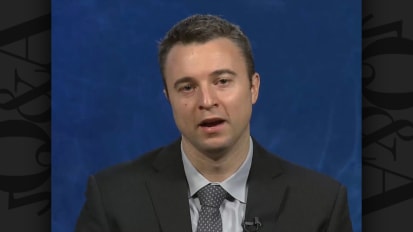 Video
Video
Since assessing tumor mutational burden requires whole exome NGS profiling, and given the emerging pervasiveness of immunotherapy for many tumor types, how do you decide which tumor subtypes and patients, especially those with advanced ...
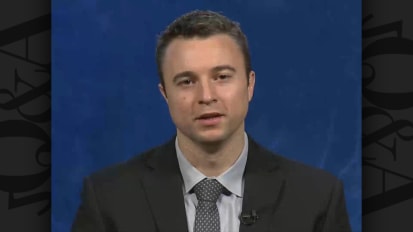 Video
Video
What are the current actionable interfaces between NGS-based whole exome profiling and immunotherapy, focusing on new data related to tumor mutational burden, microsatellite instability (MSI), and related signatures?
 Video
Video
What is the current and emerging role of liquid biopsies?
What is the current and emerging role of liquid biopsies?
 Video
Video
Why are current genomic testing models based on targeted sequencing (“Hot Spot”) unsustainable given what we know about genomically-targeted therapy; and why have comprehensive genomic profiling (CGP) NGS platforms, such as those developed ...
 Video
Video
Which of the four classes of genomic alterations—base substitutions, insertions and deletions, copy number alterations, and rearrangements can a typical multi-gene “Hot Spot” test detect? Which alterations does it fail to detect and why is NGS preferable?
 Video
Video
What do the evolutionary studies of tumor progression—and heterogeneity—teach us about timing, longitudinal sampling, serial biopsies, and sampling sites for NGS-based genomic testing in patients with metastatic cancer?